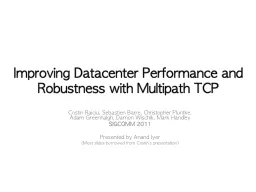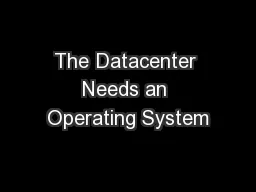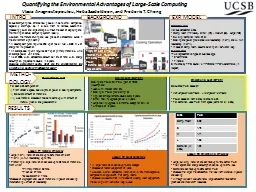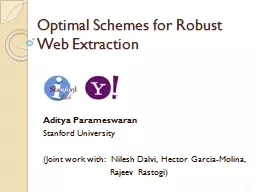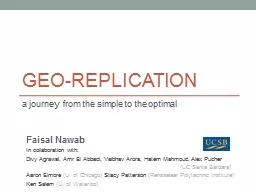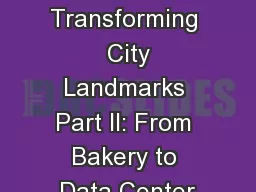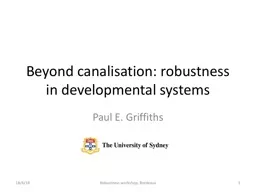PPT-Improving Datacenter Performance and Robustness with Multip
Author : pamella-moone | Published Date : 2016-05-06
Costin Raiciu Sebastien Barre Christopher Pluntke Adam Greenhalgh Damon Wischik Mark Handley SIGCOMM 2011 Presented by Anand Iyer Most slides borrowed
Presentation Embed Code
Download Presentation
Download Presentation The PPT/PDF document "Improving Datacenter Performance and Rob..." is the property of its rightful owner. Permission is granted to download and print the materials on this website for personal, non-commercial use only, and to display it on your personal computer provided you do not modify the materials and that you retain all copyright notices contained in the materials. By downloading content from our website, you accept the terms of this agreement.
Improving Datacenter Performance and Robustness with Multip: Transcript
Download Rules Of Document
"Improving Datacenter Performance and Robustness with Multip"The content belongs to its owner. You may download and print it for personal use, without modification, and keep all copyright notices. By downloading, you agree to these terms.
Related Documents

